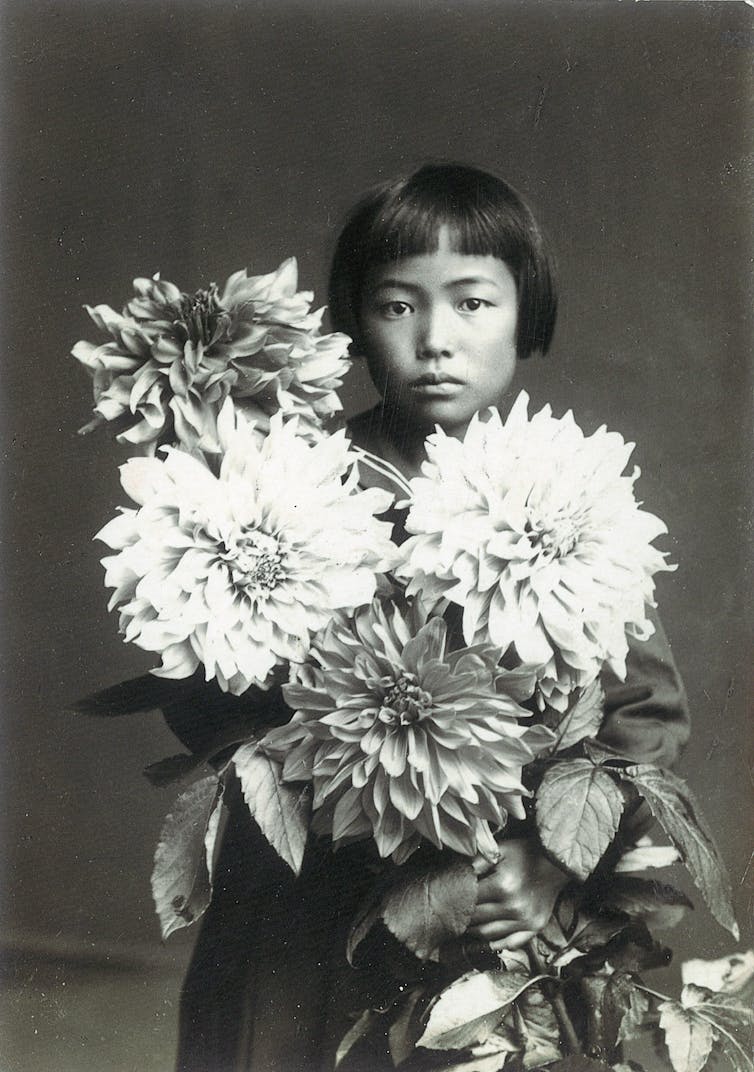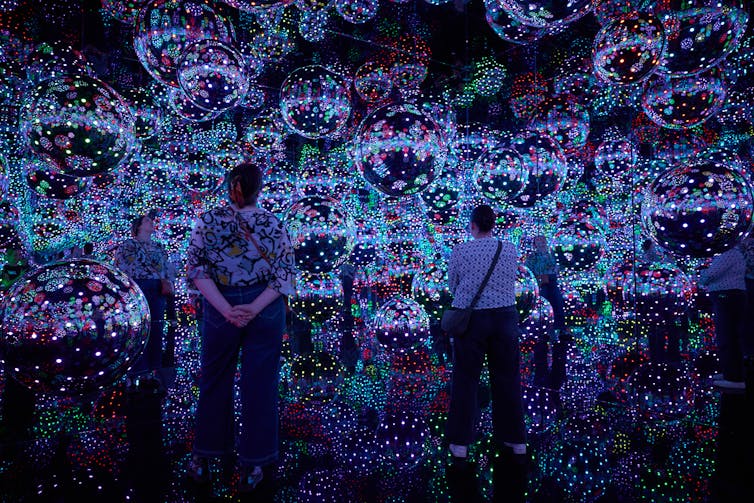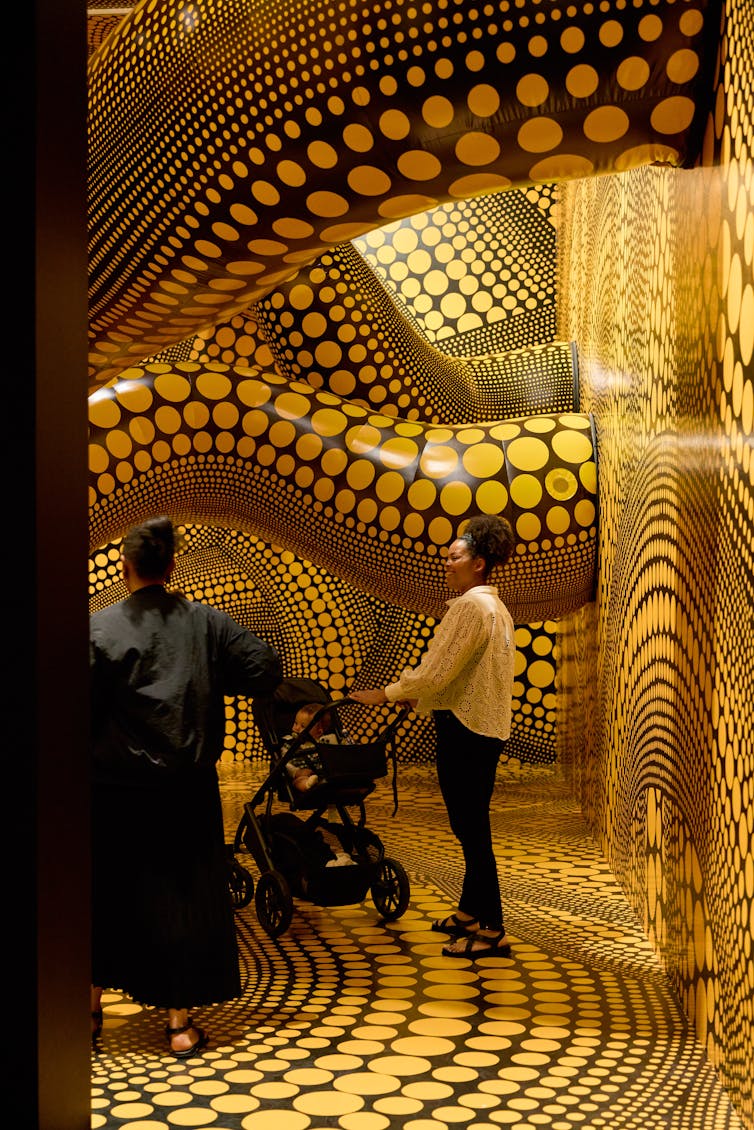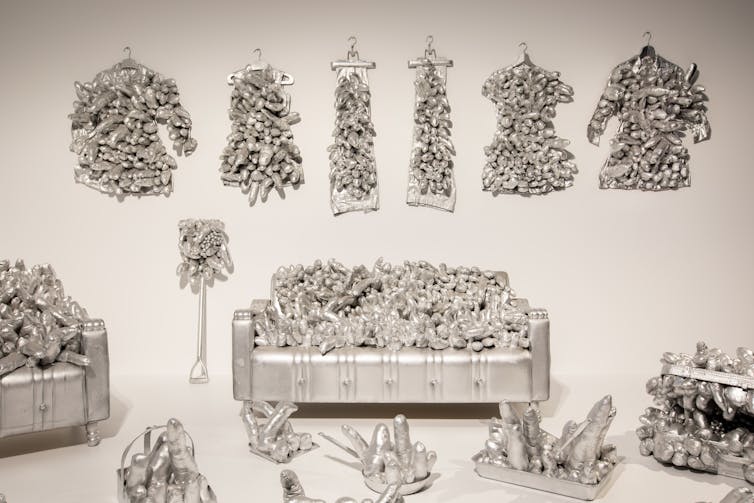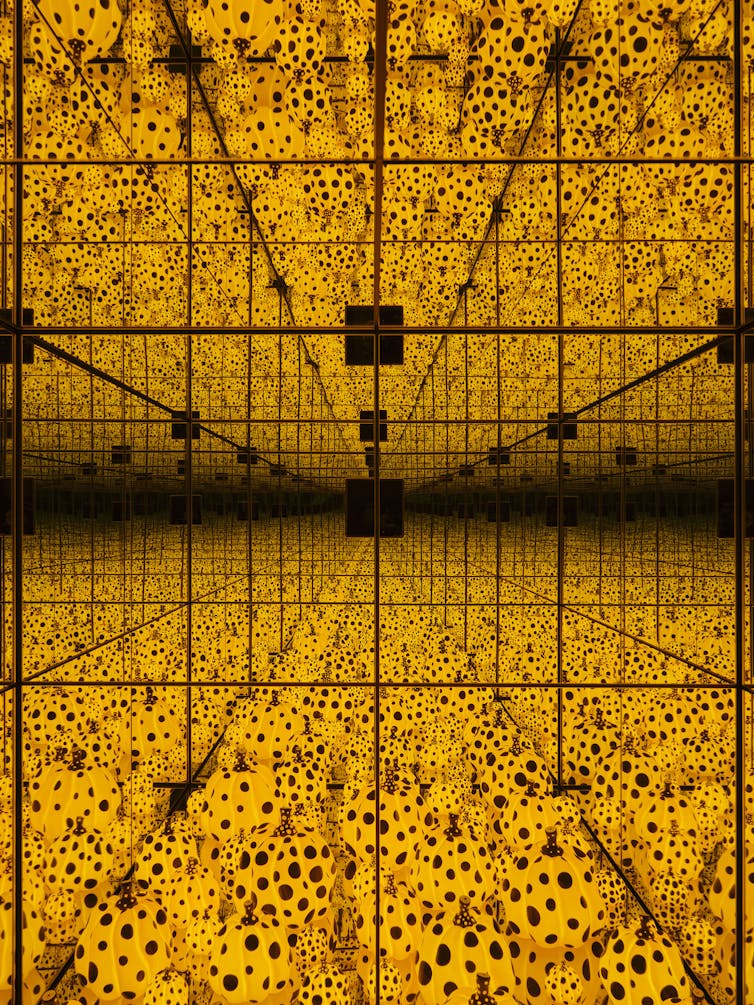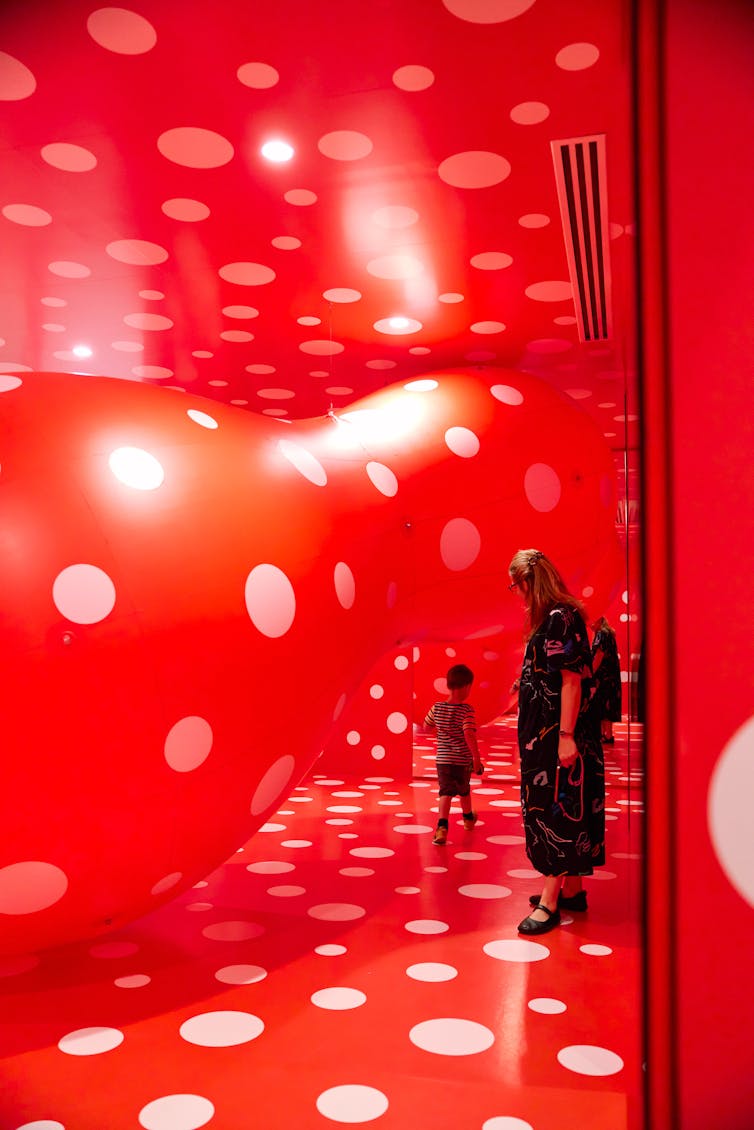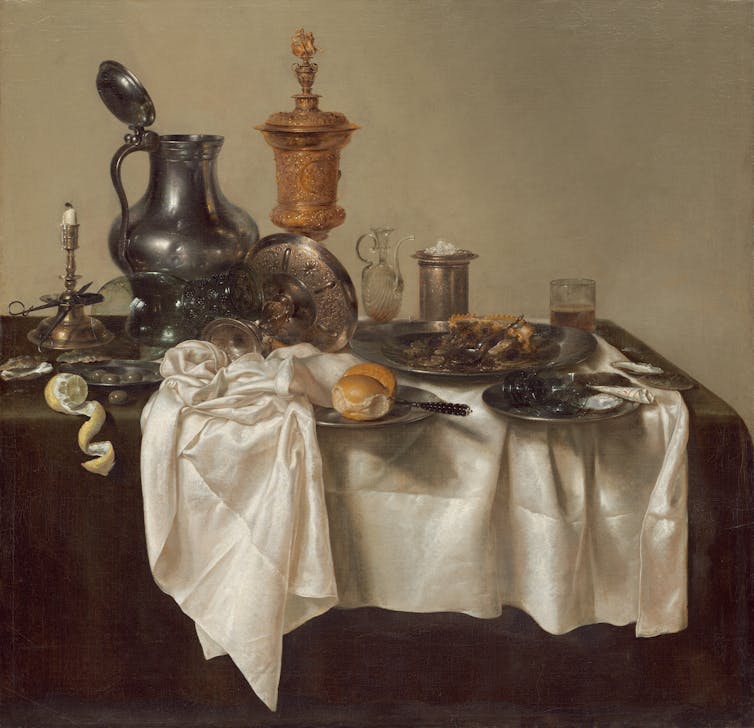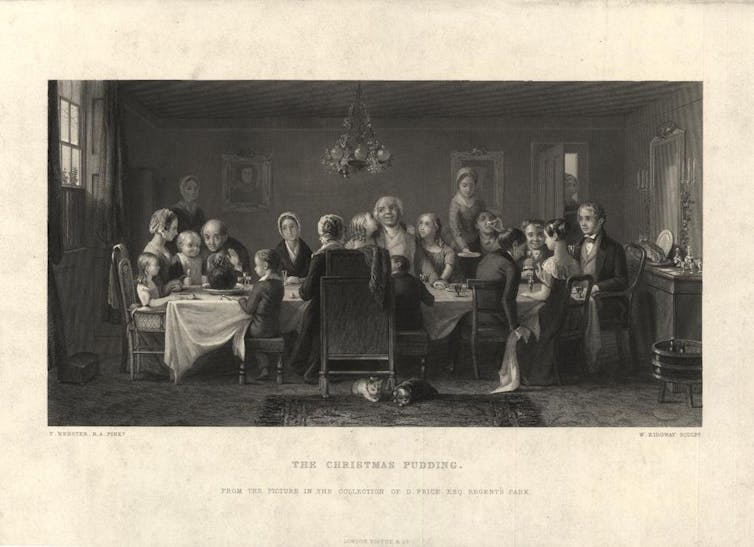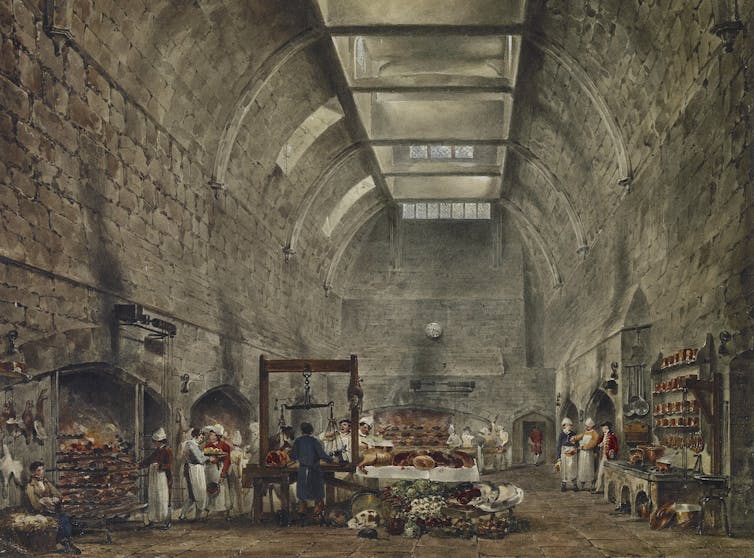 |
| Portrait of Gabrielle Chanel in Paris by George Hoyningen-Huene, 1935. Masthead picture by Elli Ioannou for DAM |
By Séverine Le Loarne-Lemaire, Grenoble École de Management (GEM)
When we think of Gabrielle Chanel, her iconic fashion empire comes to mind. Yet, few associate her with the groundbreaking role of a self-made woman ~ a trailblazer who defied societal norms to build a global empire. Though her name is synonymous with luxury and innovation, her entrepreneurial spirit remains undervalued, particularly in her native France.
Creating an entrepreneurial empire from scratch remains a rare feat for women, even today. Chanel is one of the few exceptions. While her brand enjoys global recognition, her pioneering business acumen is often overlooked. In a country such as France, where stories of entrepreneurship rarely enter mainstream discourse, her achievements have not been celebrated in the same way they might have been if she were American. Yet, even in the U.S., where the “self-made man” myth thrives, the concept of a “self-made woman” remains underdeveloped.
Entrepreneurship research often highlights that building a sustainable business requires capital, which tends to favour those with pre-existing wealth or social connections – privileges disproportionately held by men. Academic studies, such as those by Le Loarne-Lemaire (2014), demonstrate how educational access and networks, often inherited, play a critical role. Entrepreneurs are frequently the children of other entrepreneurs, perpetuating cycles of privilege.
The self-made woman archetype
In this context, Gabrielle Chanel stands out as an anomaly. The American myth of the self-made man, as described by researcher James Catano, portrays an industrious, typically white male immigrant who rises from obscurity to create an economic empire. This archetype has roots in 19th-century America, with figures such as Andrew Carnegie embodying the ideal.
Chanel’s story flips this gendered narrative on its head. Starting from humble beginnings, she turned her life into a carefully crafted legend. Orphaned and raised in a convent, she took those early struggles and spun them into a mix of fact and fiction that defined her image. She controlled every detail – even designing her own gravestone.
A path forged through independence
Unlike heirs who build on family wealth, Chanel started with nothing. Lacking formal training in couture, she relied on creativity and her vision of women. Her first shop was funded with the help of a lover, but she repaid him. Even her partnership with the Wertheimer brothers, who helped scale Chanel No. 5, was carefully negotiated to retain control over her brand.
Chanel’s wartime actions, including collaborations with the Nazi regime, remain a contentious part of her legacy. Yet, it’s worth noting that she was not alone among French business leaders in making morally questionable choices during World War II. The scrutiny she faces today often exceeds that directed at her contemporaries.
Gabrielle Chanel stands out as a true self-made woman – arguably one of the first in capitalist history. Her rival, Elsa Schiaparelli, can’t make the same claim. Schiaparelli was born into privilege, with significant social and economic capital, and married a count before launching her business. Even in the United States, where entrepreneurship flourished, contemporaries such as Helena Rubinstein don’t fully fit the self-made mould – Rubinstein built her empire with the help of her husband.
The closest contender to Chanel’s title might be Elizabeth Arden. A nurse from rural Canada, Arden moved to New York to carve out her fortune. She opened her first beauty shop with her own savings and expanded it into a global brand and franchise. While loans helped fuel her growth – likely facilitated by her marriage to a banker – her husband’s attempts to impose his friends and ideas on the business underscored their dynamic. Coco Chanel, ever fiercely independent, would never have tolerated such interference.
The big names
If Chanel represents the myth of the self-made woman, why isn’t she celebrated that way? Would her achievements have been more widely recognised if she had built her empire in the United States? The answer is far from clear.
Before exploring the American angle, let’s take a closer look at the French context. Despite globalisation of culture and economies, certain myths don’t cross borders easily. In France, there’s a noticeable disinterest in the stories of entrepreneurs. How many people can name the founders of Carrefour or Seb? L’Oréal’s founder is somewhat known, but mostly due to the scandals of his descendants. Family business sagas, such as those of the Mulliez clan, garner more attention. Yet, the glorification of entrepreneurs – especially those who start with nothing – is largely absent. Even initiatives such as French Tech Nation and efforts by BPI France haven’t sparked a cultural shift.
For women entrepreneurs, there have been attempts to create female “role models,” but the focus is often on contemporary figures. Instead of drawing on the successes of the past, the spotlight is placed on profiles still in development. While this approach boosts visibility for current entrepreneurs, does it inspire the next generation? Research suggests it might not.
Chanel, despite being the subject of countless biographies in France, is rarely held up as an example in entrepreneurship courses or programs aimed at fostering female leadership. In France, the myth of the female entrepreneur remains unfinished – and the idea of the self-made woman is even further behind.
The paradox of the self-made man
Would Chanel’s achievements have been more celebrated if she had operated in the United States? Perhaps not. The American myth of the “self-made man” struggles to adapt to gender and contemporary realities. As Catano notes, the archetype elevates individuals who challenge societal norms while paradoxically reinforcing a rigid, masculine ideal that excludes women.
In the 1950s, when Chanel’s empire was thriving, the prevailing image of women in America was the housewife – a stark contrast to Chanel’s commanding role as a businesswoman. Even during the “working girl” era of the 1970s and 1980s, Chanel’s success might have seemed too audacious. Her story challenges traditional gender roles in ways that remain uncomfortable even today.
A myth still to be written
Chanel might be the ultimate symbol of a “self-made woman,” but that narrative remains largely untold. In fact, the idea of the “self-made man” itself – the classic rags-to-riches archetype – feels increasingly out of step with the times.
Today’s cultural spotlight favours contemporary role models over historical figures, as evidenced by Forbes’s power rankings. Modern entrepreneurial icons often come with pedigrees tied to elite institutions – Mark Zuckerberg from Harvard, Larry Page from Stanford. Even Elon Musk, who claims to have worked his way through college, benefited from a head start in social and financial capital. These realities undermine the self-made narrative, particularly in today’s tech-driven economy. The focus has shifted from celebrating humble beginnings to examining the broader impact of these empires.
Chanel, however, made a profound impact through her work. Her designs helped liberate women from the constraints of corsets, offering practical yet elegant alternatives that redefined fashion. But while her influence was revolutionary, social engagement wasn’t a hallmark of her career. Chanel made bold, sometimes ruthless decisions, such as shutting down her business and laying off her entire workforce during World War II. To be fair, few of her contemporaries demonstrated significant societal commitments either.
Gabrielle Chanel, an inspiration
“Different times, different values”? If the myth of the “self-made man” is losing relevance – challenged for its “self-made” ideal and its inherently masculine framing – Chanel’s story remains a lesson in resilience and innovation, one that deserves attention in both France and the United States.
Her life unfolded during the transformative 1920s, a period of newfound freedoms for women, later stifled by war and authoritarian regimes. Chanel navigated dominated business spheres with skill, never allowing herself to be dismissed or pigeonholed. Her career highlights the importance of partnerships and the reality that few entrepreneurs achieve greatness alone.
Chanel’s journey also offers a guide to securing funding and maintaining autonomy – skills critical to any aspiring entrepreneur. In many ways, she predated post-feminism by embodying its principles. She redefined entrepreneurship as a space where collaboration with men didn’t compromise her control or vision. Chanel’s legacy not only reshaped fashion but also challenged entrenched social hierarchies, proving that women could thrive and innovate in the entrepreneurial world.![]()
Séverine Le Loarne-Lemaire, Professor, Head of the FERE Research Chair (Female Entrepreneurship for a Renewed Economy) Habilitée à diriger des recherches en sciences de gestion, Grenoble École de Management (GEM)


